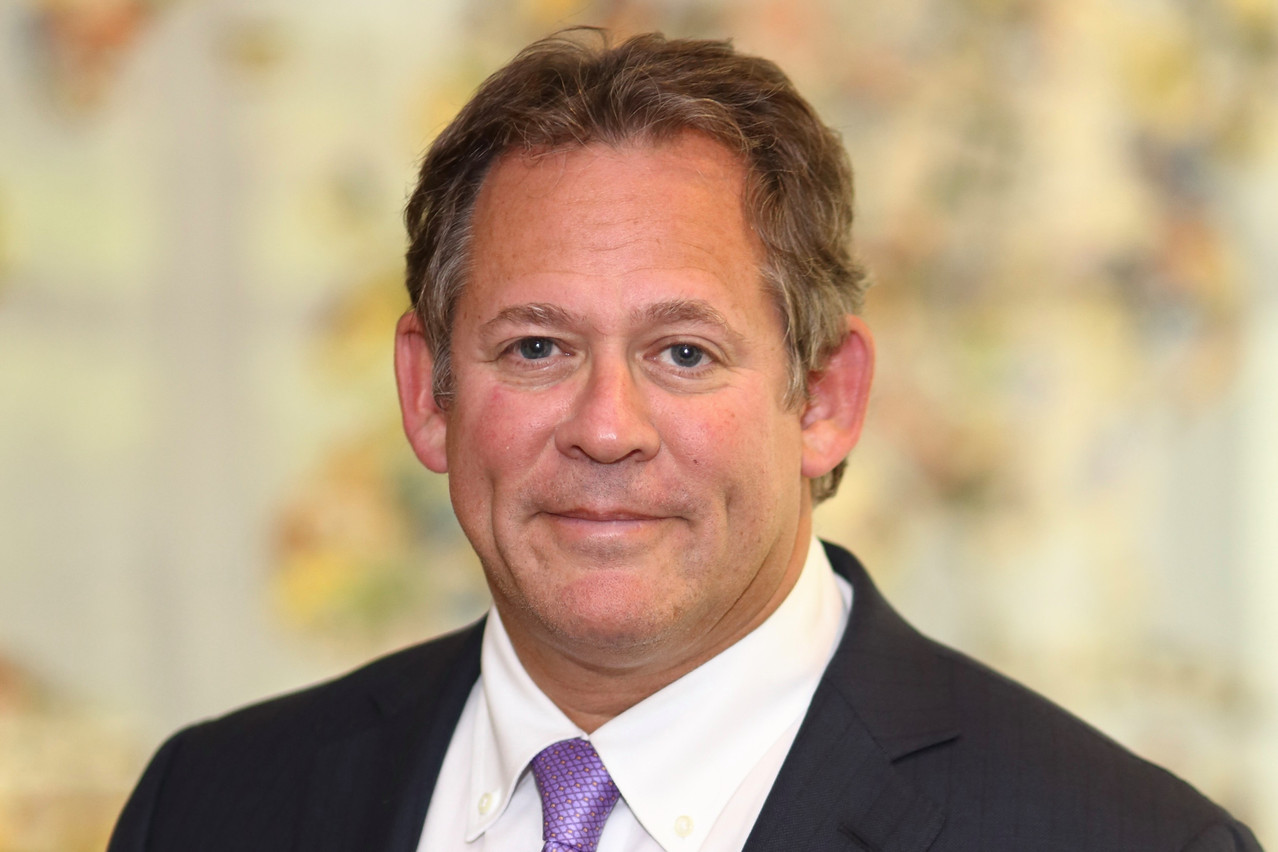BlackRock, a global investment management firm providing asset management, risk management and advisory services to institutional and individual clients, argued that the ‘golden age’ for fixed income is here, driven by higher interest rates and attractive real yields. Rick Rieder, BlackRock’s chief investment officer for global fixed income, acknowledged the volatile start to 2025, which included “a rollercoaster ride of policy announcements.” Despite the market turbulence, he noted that bonds are playing an increasingly prominent role in portfolios, providing high-income returns not seen in recent years.
Interest rate volatility and bond performance
Rieder explained that, while bonds traditionally served as a hedge against equity market volatility in the past, particularly during the 40-year bond bull market from 1981 to 2021, the role of bonds has changed. With both inflation and interest rate levels rising in recent years, holding bonds with high interest rate risk has not provided the same benefits as it did during the prolonged period of declining rates. In fact, bonds in the most interest rate-sensitive sectors have performed poorly, especially in the last three years.
However, Rieder pointed out that, despite this volatility, global fixed income managers can still capitalise on high interest rates, especially since real yields remain historically attractive. This situation allows for income generation that serves as a ‘portfolio ballast’--a crucial stabilising factor within diversified portfolios.
Cash to bonds
BlackRock also highlighted that now is an opportune time to shift allocations from cash to bonds. As of March 2025, money market assets in the United States and European Union stood at $7trn and $1.3trn, respectively. While cash levels remain elevated, fixed income offers an appealing opportunity to lock in high yields, with markets signalling that these rates will stay elevated in the near future. Rieder, along with his colleagues James Turner and Simon Blundell, co-heads of European fundamental fixed income at BlackRock, noted that, as central banks move away from ultra-accommodative monetary policies, bonds are once again becoming a core component of portfolios.
The global asset and investment manager further stressed that the current market environment offers opportunities to target income without taking on excessive risk. Investors no longer need to stretch for yield by extending duration or lowering credit quality, as was necessary during periods of near-zero interest rates. In fact, the current market offers attractive yields across various bond segments, even amid some spread compression, argued BlackRock in the report.
Income and risk
BlackRock stressed that the current bond market presents an opportunity for investors to maximise income without necessarily increasing risk. In previous years, investors were often forced to take on higher risk to achieve marginal returns due to low interest rates. However, in the current environment, higher risk-free rates are driving appealing yields across the board, which BlackRock believes will continue for the foreseeable future. This change in dynamics has allowed for income generation without the need to take excessive risks.
Active asset management
Finally, pointing to significant sectoral and regional divergence in the fixed income market, BlackRock emphasised additional opportunities for active management. Specific sub-sector trends have emerged, revealing vast disparities in returns, particularly in European high yield. In the coming year, BlackRock expects the global market to remain volatile due to political, economic, and fiscal divergence. Political instability--such as rising populism, trade tensions and escalating conflicts--will affect different sectors and regions in unique ways.
BlackRock concluded that navigating today’s market volatility requires a proactive, active management approach. Rieder and his colleagues outlined two key takeaways:
- Market dispersion is expected to continue through 2025, driven by geopolitical tensions, trade conflicts, and differing central bank policies. This divergence creates opportunities to capitalise on mispricing and pick winners across sectors.
- The current environment of heightened volatility and increased dispersion underscores the importance of active asset management. By dynamically shifting risk, investors can capitalise on opportunities as market conditions change, positioning their portfolios for solid returns despite the prevailing uncertainties.
BlackRock oversees $11.6trn in assets under management as of the end of 2024.
